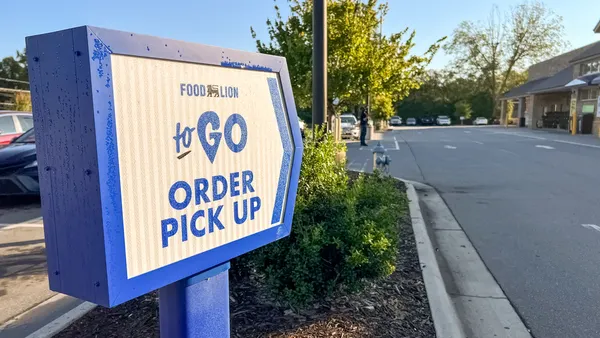Dive Brief:
-
Nearly 50% of back-to-school shoppers said they plan to use their smartphones and tablets for researching products and comparing prices, according to a recent Coresight Research report emailed to Retail Dive. This is followed by 36.5% of respondents who said they plan to use their mobile devices to purchase products.
-
When it comes to online shopping, 74% of U.S. mothers said they'll shop for back-to-school on Amazon and 59% said they anticipate shopping on Walmart's website, according to Field Agent data cited in Coresight's report.
-
As for where back-to-school shoppers will make the majority of their purchases, 56% of consumers said they will be shopping in-store this year, compared to 29% that said they plan to make purchases online, per Deloitte data cited in the Coresight report.
Dive Insight:
Previous research from market research firm Morning Consult indicates that back-to-school shoppers have been shifting spending back to stores, and it appears that trend will continue this year, too.
However, online and mobile spending is not to be ruled out quite yet. Prior research from Deloitte points to consumers making a considerable amount of purchases online. According to Deloitte, mobile usage will grow 60% this year for back-to-school shopping, up from 53% last year.
Coresight's latest report illustrates the importance of omnichannel to bridge consumers' online and offline shopping experience, which is crucial given that the NRF found that back-to-school shoppers expect to spend more per household this year.
The Coresight's back-to-school report pointed to several retailers, such as Walmart and Amazon, beefing up their omnichannel marketing strategy. With Walmart, for example, shoppers can quickly make returns through its Mobile Express Returns app, which allows shoppers to scan a QR code and give the items to a store associate, prompting a refund instantaneously through the app. Additionally, Amazon created a "Happy School Year" store tailored to parents, students and teachers to find curated school supplies and electronics, and subscribe to automatically replace goods like paper and pens. In order to grab these consumers, retailers are becoming more creative about how and where they reach them.













